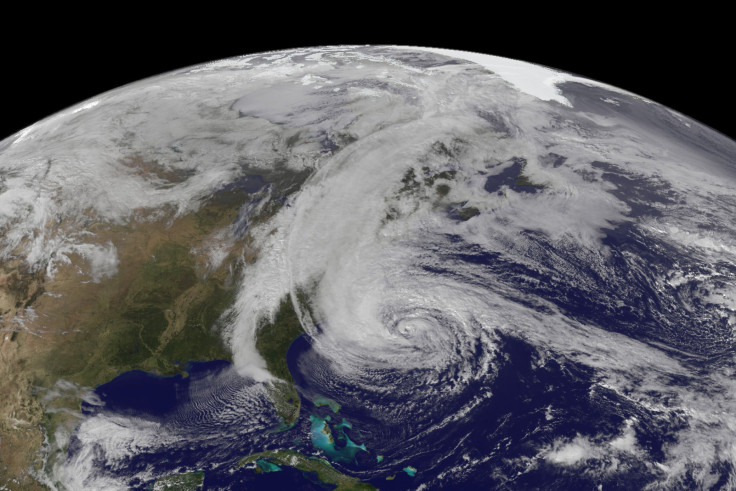National Hurricane Preparedness Week: NOAA Tips on How to Prepare for 2013 Hurricane Season

In honor of the official beginning of the 2013 hurricane season on June 1, the National Weather Service (NOAA) is celebrating National Hurricane Preparedness Week, aiming to give tips to those at risk of facing the deadly natural disasters predicted to occur this year.
Those with questions regarding hurricane preparedness can speak with hurricane experts directly on May 30 during NOAA’s live chat with Hurricane Center Branch Chief James Franklin and hurricane forecaster Robbie Berg. Questions can be directed to @NOAALive on Twitter starting at 2 p.m. ET.
Here are five tips from NOAA’s National Hurricane Center on how to best prepare, and survive a hurricane:
1. Know the difference between hurricane and tropical storm “watches” and “warnings.” Areas reported to be on hurricane watch is a warning for residents to be on alert of a potential storm. Areas that are reported to have a storm warning, are required to take immediate actions against safeguarding life.
2. Keep emergency contact information handy. Phones numbers for local emergency management officers, local law enforcement, hospitals, utility service providers and insurance information is recommended to be kept nearby during storms.
3. Pack emergency kits ahead of time. Packing essential items such as bottled water, snacks and canned foods are useful and at times, life-saving after storms frequently cause homes to lose gas and electricity. Items such as batteries for hand radios and flashlights are also helpful and difficult to find following hurricanes and tropical storms.
4. Prepare an emergency evacuation plan. Create a plan regarding where you can stay and temporary housing locations for your animals prior to a storm warning. In the event of an evacuation, follow FEMA’s Evacuation guidelines.
5. Stay alert in case of other natural disasters. While many believe the passing of the hurricane eye is the end of a storm, NOAA warns that tornadoes, high winds, and the possibilty of a hurricane changing its course makes it important to remain alert following a storm.
The NOAA announced Friday that this hurricane season is expected to be especially active. According to the report, there is an estimated 70 percent chance or up to 20 severe storms occurring over the next six months.
NOAA’s Climate Prediction Center said 11 of the forecasted storms have the potential of becoming hurricanes, with six possibly forming into a Category 3, 4, and 5 storm on the Saffir-Simpson wind scale. A maximum of three major hurricanes were forecasted during previous years -- the increase is reportedly due to the warming of the water temperatures in the Atlantic Ocean and Caribbean Sea.
The first reported hurricane advisory of the season was issued Wednesday by NOAA. The storm, titled Tropical Storm Barbara, was last located near the Gulf of Mexico, approaching the Tehuantepec coast as of 8 a.m.
© Copyright IBTimes 2024. All rights reserved.






















